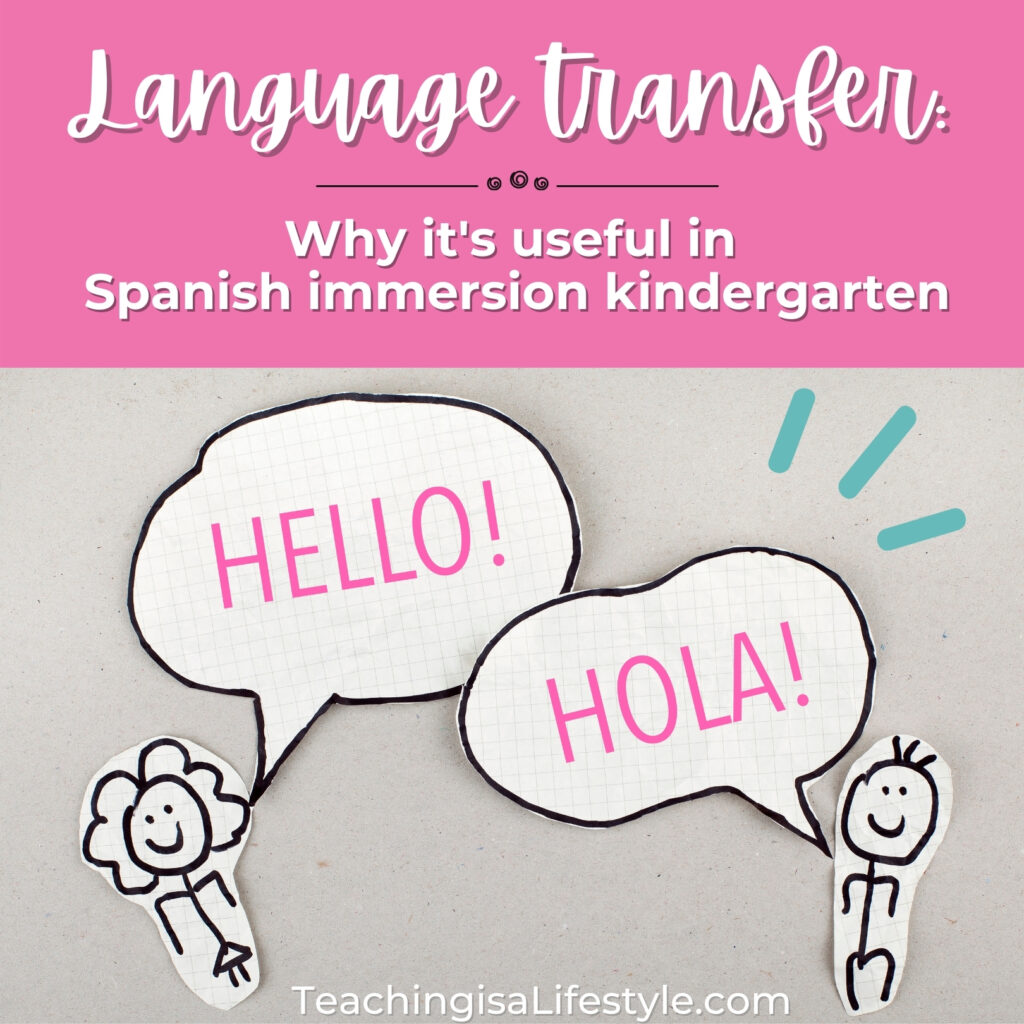
The one thing I wish someone had explained to me before I started my kids in a Spanish immersion kindergarten.
If there was ONE thing I wish someone had explained to me before I started my kids in a Spanish Immersion Elementary school, it would be the concept of language transfer and how it helps young language learners.
For a child in Spanish Immersion Kindergarten, language transfer (and other types of learning transfers) will be the bedrock of how they learn academic content and new language vocabulary. This is especially true if nobody at home speaks Spanish fluently. Ok, now that you know that language transfer is important, let’s take a look at what it is.
What is Language Transfer?
The term “transfer” simply refers the transfer of information someone already knows (prior knowledge) from one content area to another, related, content area. This happens in all kinds of learning – not just language learning. Specifically, language transfer occurs when people use what they know about one language to help them understand or learn a new language.
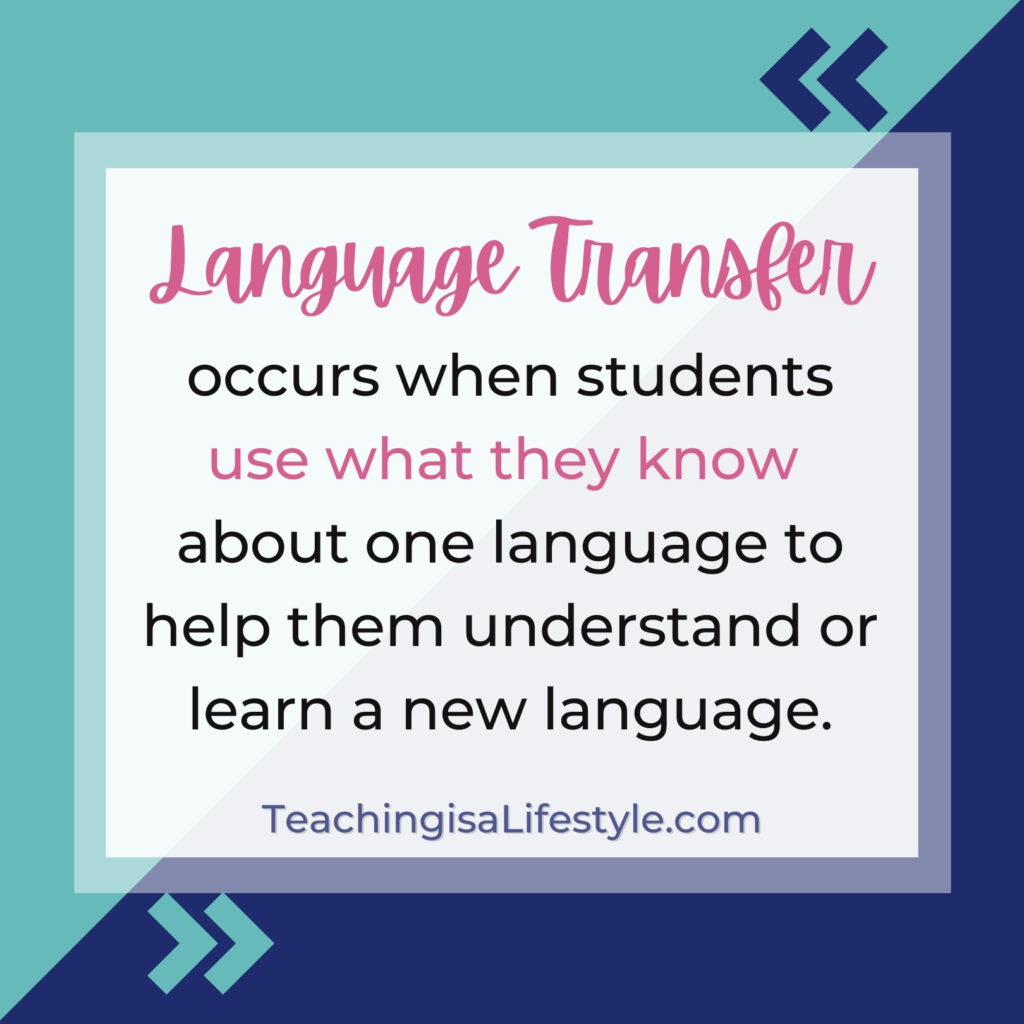
For kids in Spanish Immersion Elementary Schools, language transfer is an especially important concept.
It might be obvious that language transfer helps in the acquisition of Spanish, but it goes the other way too! When our children learn a language concept in Spanish, transference means that they can apply what they have learned (in Spanish) to concepts in the English language as well. [win-win!] The exception to this will be specific English Academic Vocabulary. See here for more information.
Language transfer doesn’t happen in all languages. Mandarin, for example, does not have a high transference to English. (This is also why you don’t find full Mandarin immersion programs!) Luckily for us, Spanish and English are similar enough that there is high degree of transference between these two languages.
Let’s take a look at few examples of language transfer and talk about how you can use it to get your child ready for kindergarten in Spanish!
Transfer of learning within one language:
Remember that transference means taking what we know about one thing, and transferring that knowledge to another thing. Kids do this naturally as they acquire their first language. So, let’s take a quick look at how transference works within a child’s first language.
Most of us have experience trying to teach our children the letter sounds, so, we will start there! When you teach your child letter sounds, you are actually teaching them a foundational concept. This concept is that each letter makes one sound (most of the time). For example: B says “buh” and not anything else.
It may take a while – sometimes it feels like eons – for your child to grasp the language concept that each letter makes one sound. However, once they do, they can usually pair, and memorize, all the letters to their sounds, pretty quickly. So, it’s the concept that is hard to grasp, not the pairings of letters and sounds. Therefore, once they’ve picked up the concept, they can transfer what they learned about one letter, to ALL letters with less effort.
Transfer of learning between languages:
Now let’s look at how this works between Spanish and English. I’ve already mentioned that Spanish and English have a high degree of transference. This means that, prior knowledge of a topic in English allows for an easier transfer of that knowledge into the Spanish language. In other words, if your child already knows that plants grow from seeds, then when your child’s teacher starts talking about semillas y plantas, your child will be able to pick up the Spanish vocabulary faster because they can connect it to a bedrock of previously known information.
Having prior knowledge of some of the foundational kindergarten topics can reduce the stress on kids kids feel as they enter Spanish immersion because they can focus on picking up the new language instead of trying to simultaneously learn the language AND the concepts being taught.
What this means for you: This means that your child will learn the foundations of the Spanish language taught in Kindergarten FASTER if they already have a solid understanding of the foundations of kindergarten concepts in the English language.
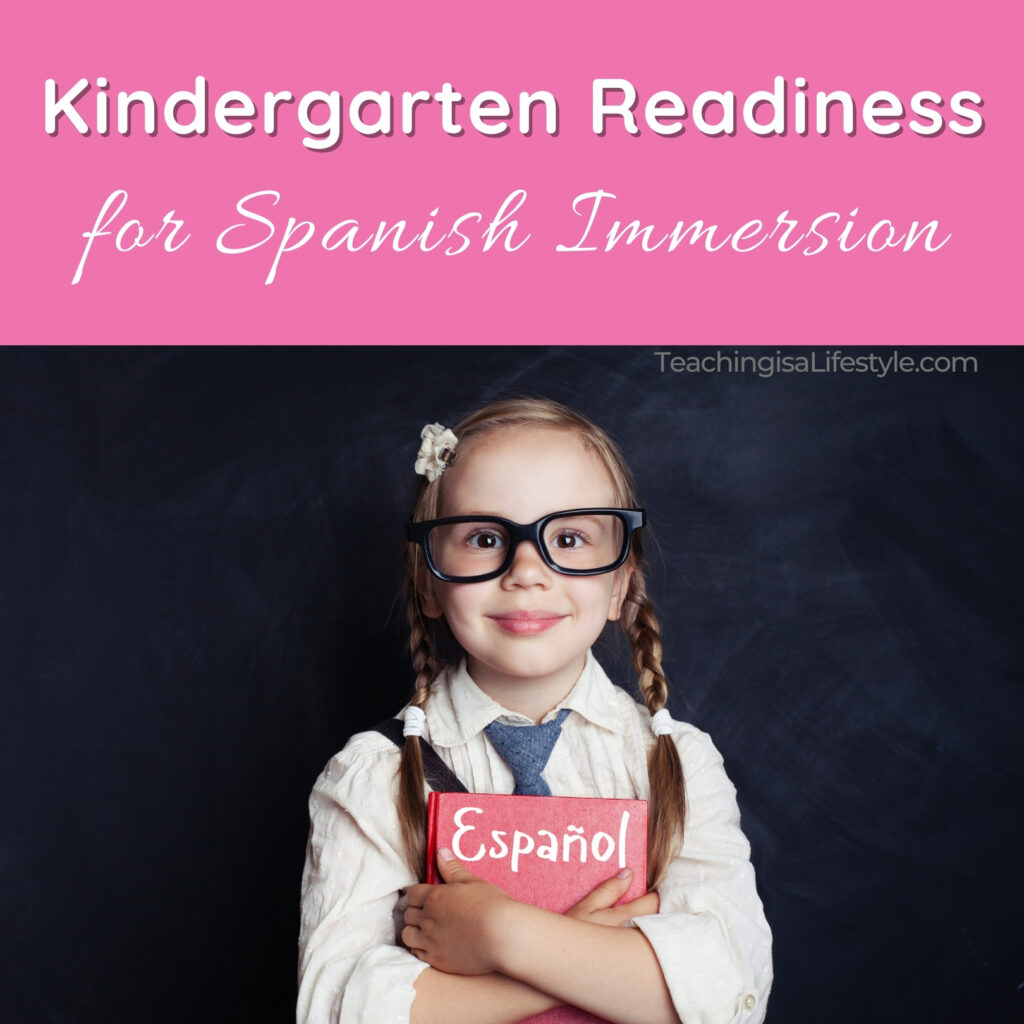
Kindergarten readiness for Spanish Immersion:
So, armed with this knowledge you can take steps to prepare your child for Spanish Immersion Kindergarten! Most parents will spend the months leading up to Kindergarten trying to teach their child basic Spanish words. And, while this certainly isn’t harmful, the BEST way to prepare your child is to give them a strong “prior knowledge” of the concepts they will encounter in Kindergarten. Thanks to language transfer, this information can be taught in ENGLISH and it will still be very helpful for your child!
Of course, if you are fluent in Spanish, it won’t hurt to teach them the kindergarten readiness concepts in Spanish! But for many of us parents who can’t speak Spanish fluently, rest assured that it will be easier for your child to learn the Spanish they need if you give them exposure to language foundations in English first.
There’s one last, critical, piece of information you need in order to prepare your child for kindergarten. And that is to know what is taught in kindergarten! Luckily, that information is easy to find – just check out the ELA common core standards. The trick will be that if your child is in Spanish immersion, there will be a few differences in how they are taught to read. These differences simply reflect the differences between Spanish and English. If you want a parent-friendly resource made specifically for Spanish Immersion Kindergarten click here.
Hold on, what if I don’t have time to work with my child before school starts!?
First, take a slow breath. You are not alone. Many students enter Spanish Immersion Kindergarten in this same situation. My first child did! While it might be a little more stressful for children who come in “cold,” remember that kids are naturally talented at adapting to new environments. After an adjustment period and they will create their own techniques for managing and processing all the new information.
Second, all is not lost! There’s no reason you can’t support your child’s learning DURING the school year. You just need to find out what is being taught in the classroom and then have conversations about those topics IN ENGLISH. This allows your child to make a language bridge between the concepts they are learning at home and at school.
I’ll be honest, the hardest part of this task is getting teachers to communicate with parents about what the students are learning each week. Teachers are so overwhelmed that communicating with parents becomes difficult. (Believe me, as an educator, there are so many plates spinning all of the time that trying to simplify what you are doing so parents can digest it can be a daunting task!) As part of my research, I have put together some packets that cover the concepts Spanish immersion students will be learning in Kindergarten. This way you don’t need to rely on your teacher for this information!
Alright friend, now you know how to use language transfer (and prior knowledge) to help your child get ready for their first year of Spanish immersion school! Don’t forget to check out my Spanish Immersion parent guide if you want all the information in a neat little packet. Otherwise, check out the common core here.
You’ve got this!


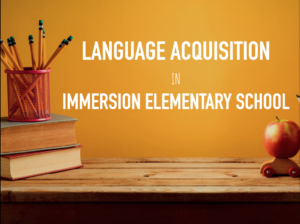
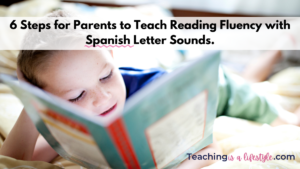

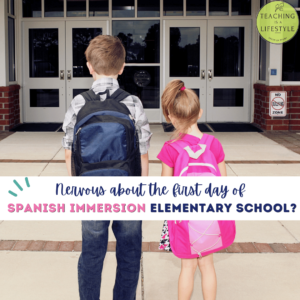
One Response